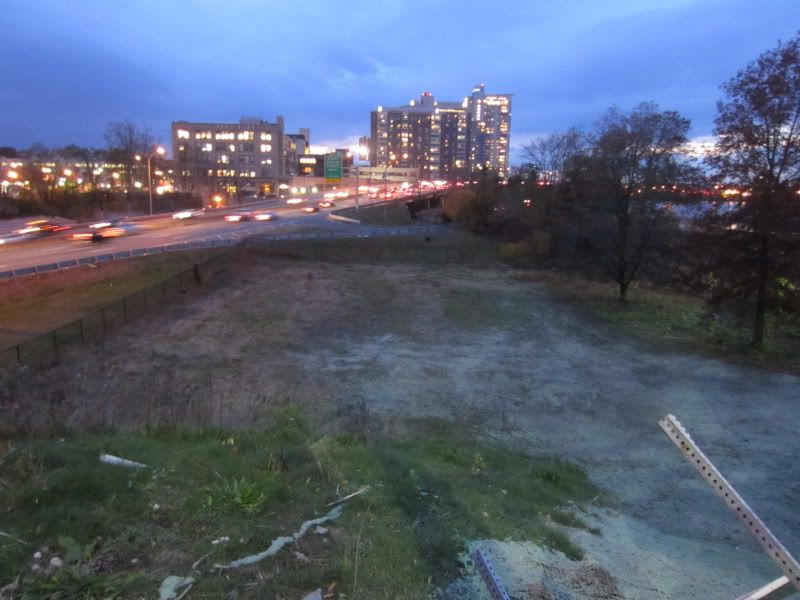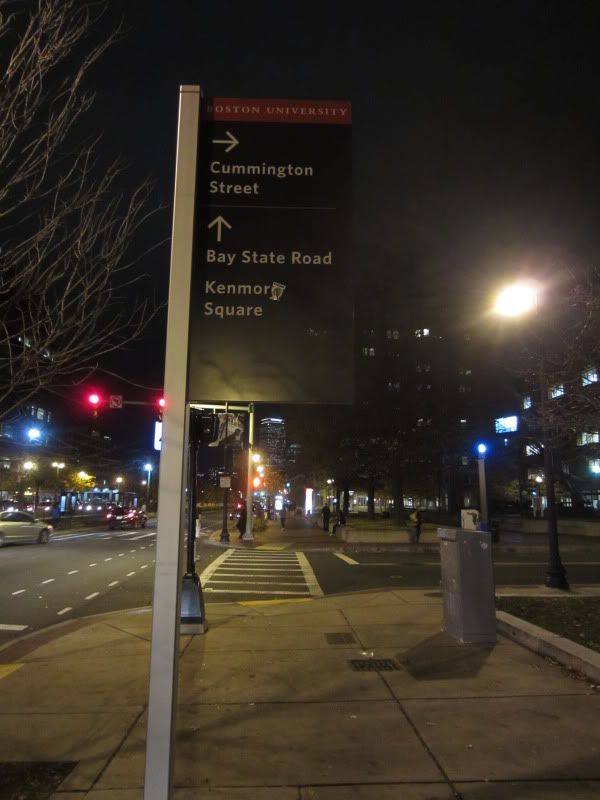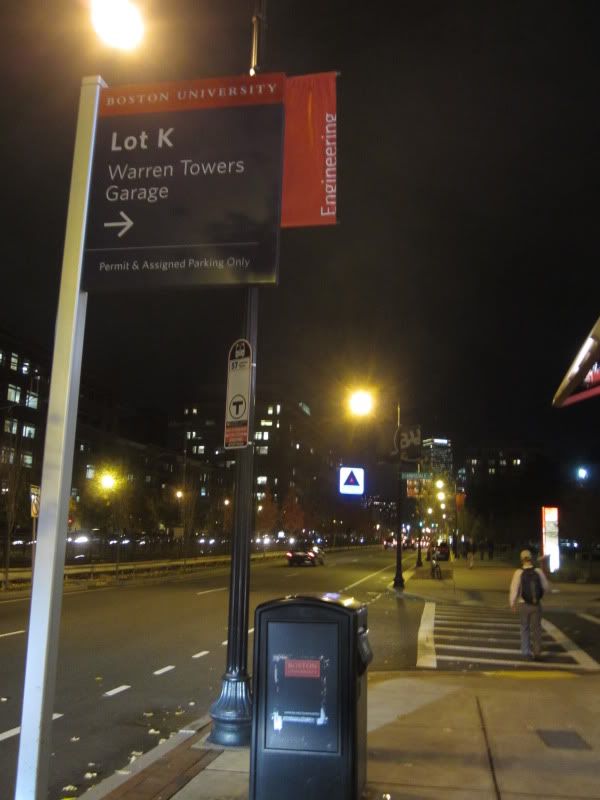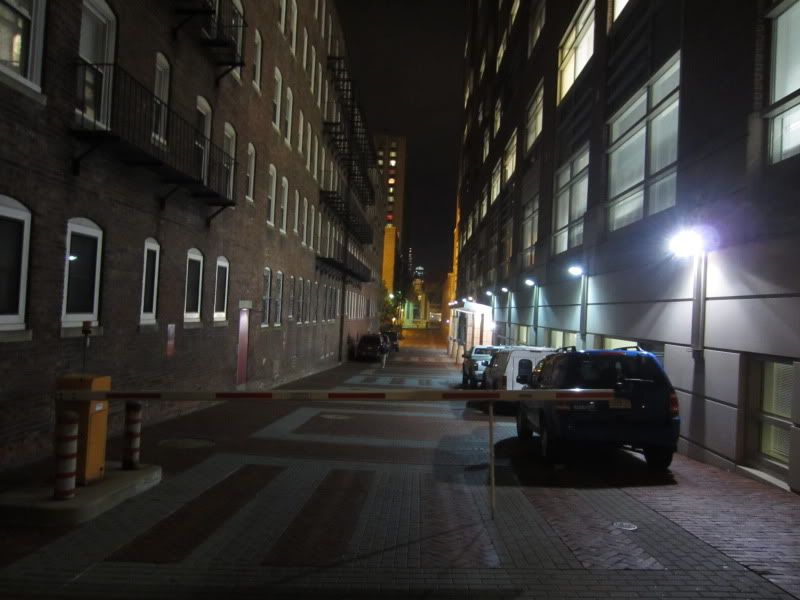whighlander
Senior Member
- Joined
- Aug 14, 2006
- Messages
- 7,812
- Reaction score
- 647
Fantastic article.
I knew many of the buildings were auto related, but I hadnt realzied that damn near all of them were, like the Shaws.
Jass --Boston likemost big cities in the pre-auto era developed an ersatz commercial clustering -- so you had:
1) the jewlers building full of jewlers
2) Piano row - piano dealers and manufacturers
3) clusters of furniture stores
4) clusters of rug stores
5) Bromfield St wih its camera stores
6) DTX with department stores
7) Newspaper row
8) meat at Fanueil Hall / Quincy Market
9) Fish at the Fish Pier
10) it just made sense in the early 20th century to have such a cluster of auto dealers and associated companies such as:
"Ellis the Rim man"
the City service Oil and gasoline (now Citgo)
Shell oil
-- and they built on what had been essentially vacant land - mostly west of Kemore Sq.
Note for the history buffs among us -- in the 1870's the world center for telecommunications R&D was the building at 109 Court St. -- this is where in one decade both Edison and Bell had labs in the same building where Charles Williams was a leading contract manufacturer of telegraph instruments and later telephone equipment
Bell of course was a Professsor at BU during this era
From a reliable source
http://www.telegraph-office.com/pages/Charles_Williams.html
" Charles Williams was the most prolific and influential of all telegraph instrument makers in the mid 19th century. Williams' first venture was as Hinds and Williams from 1850 to 1856 at 318 Washington St. in Boston. From 1856 on, the shop was located at 109 Court Street in Boston. An image of the Court Street building is shown at the right. Williams had an electrical shop that manufactured among other items, telegraph instruments. Types of telegraph instruments known to exist from Williams are keys, sounders, registers and KOBs (key and sounder on wood base). It is likely he also made relays. Some of the first fire alarm telegraph equipment was made in Williams' shops.
In the 1850s, Boston was the major American telegraph manufacturing center as well as a center for telegraph invention. ....Williams supplied parts and apparatus to Thomas Edison, Joseph Stearns (who perfected duplex telegraphy, et. al.), Alexander Graham Bell and other inventors. The advertisement to the right testifies to the nature of Williams' business as a supplier. Edison, as a young inventor, leased space in a corner of the building from Williams before he had his own laboratory. In the December 1868 issue of The Telegrapher, Edison announced his address as "Care of Charles Williams Jr., Telegraph Instrument Maker, 109 Court Street, Boston." It was here, with the aide of one of Williams' employees that Edison built a working model of his first patented (1869) invention, a vote recorder. Charles Williams, Jr. advertisement Moses Farmer, the most prominent telegraph inventor (repeater, call box, et.al.) of the mid 19th century, had his instruments built in Williams' shop.
The name Charles Williams Jr. is most often associated with the birth of the telephone. Alexander Graham Bell had his laboratory on the top floor of the five story building occupied by Williams. Thomas Watson, Bell's assistant was employed by Williams as a 'mechanic' who built prototype instruments. The first telephone line was strung between the William's shop and William's own house in Somerville three miles away in 1877.
Thomas Watson went to work in the Williams shop in July of 1872 at the age of 18 as a machinist's apprentice. We are lucky that Watson described the operation; this gives us insight into the state of telegraph instrument manufacturing in the early 1870s. Watson reports that Williams employed about twenty five men. There were twenty hand lathes and two engine lathes in addition to hand tools. Brass, steel, lumber and rough castings lay all about. Williams' workers started with raw wood and metal and amidst the shop, there was one tiny office which handled client meetings and the display of apparatus.
Last edited:















